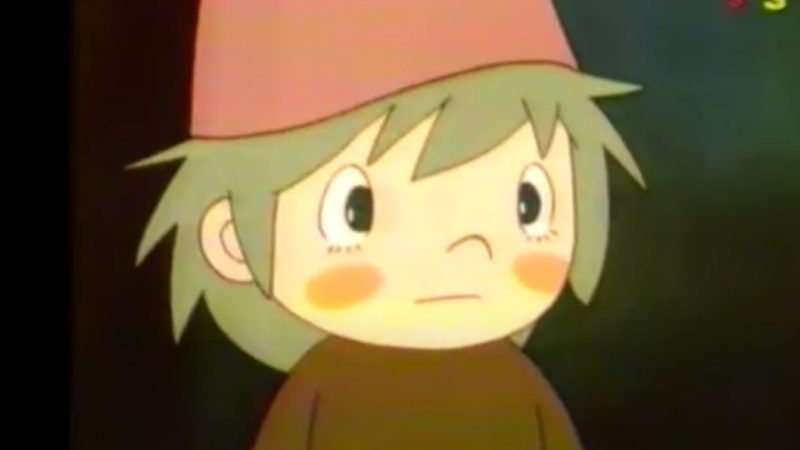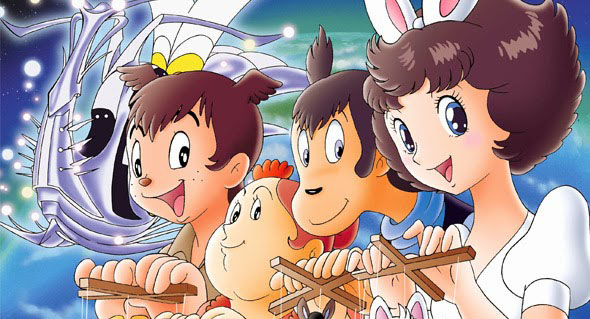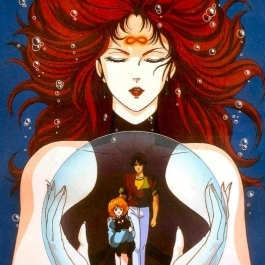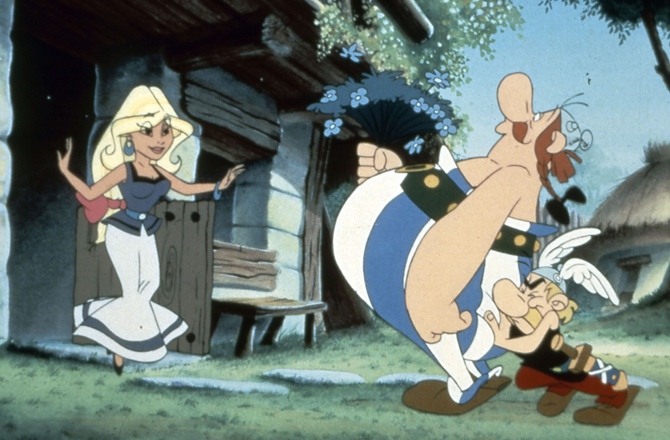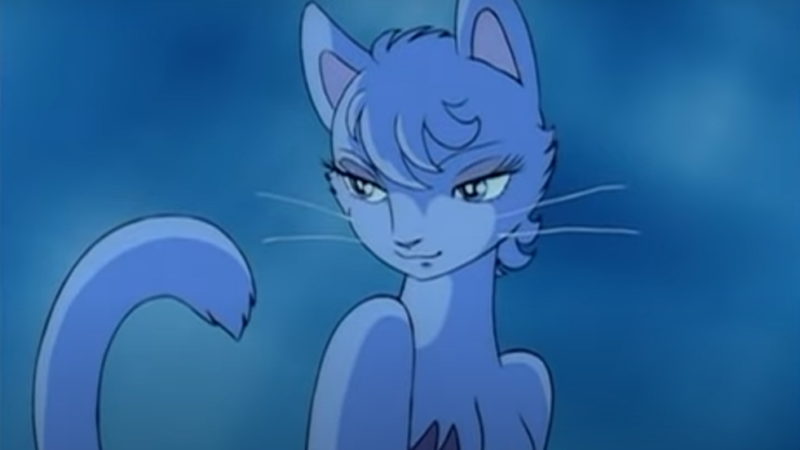Trolls World Tour director Walt Dohrn on how to make the audience laugh
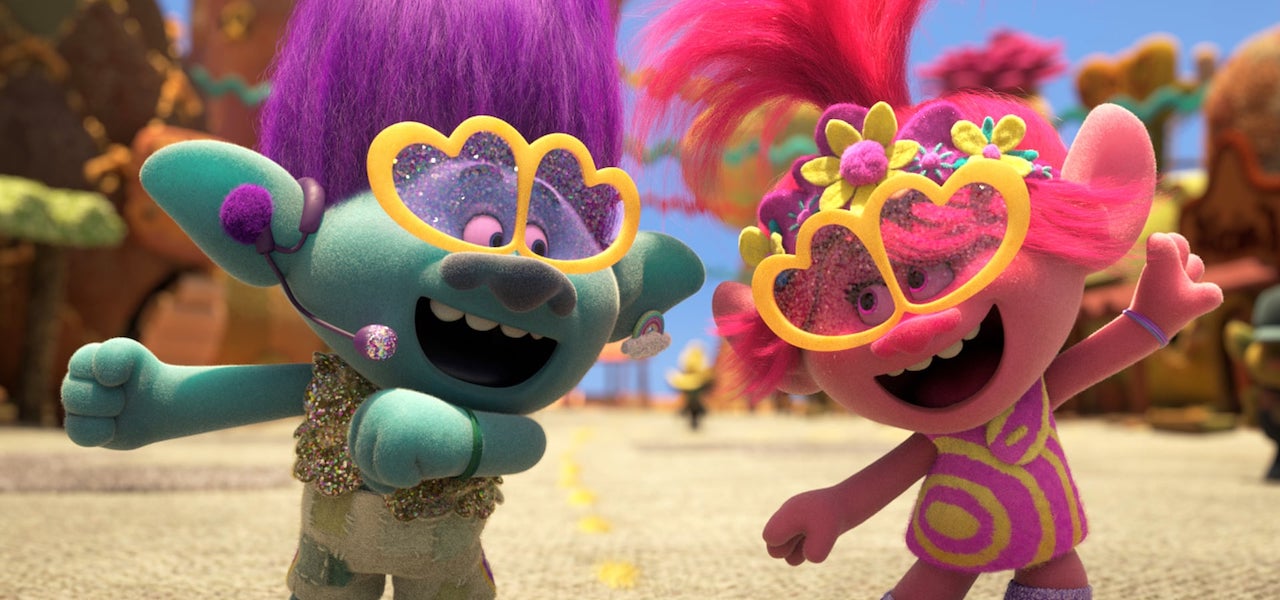
In general, Trolls World Tour it is crossed by an absurd and bizarre humor which it shares with its predecessor. Here we feel the influence of Walt Dohrn, its director (and co-director of the original film). Dohrn is a director, writer and story artist with a solid background in comedy - his resume includes Shrek series, Dexter's Laboratory, e Spongebob Squarepants.
Speaking with Cartoon Brew, he begins by joking that his latest film is "scientifically engineered" to make viewers feel good. Below, he tells me more about what it takes to make audiences laugh. (Hint: it helps to have yodeling.)
In trolls world tour, you're pulling every genre of music for humor. You're paying homage, but you're also reflecting on stereotypes about that genre. How did you achieve that balance?
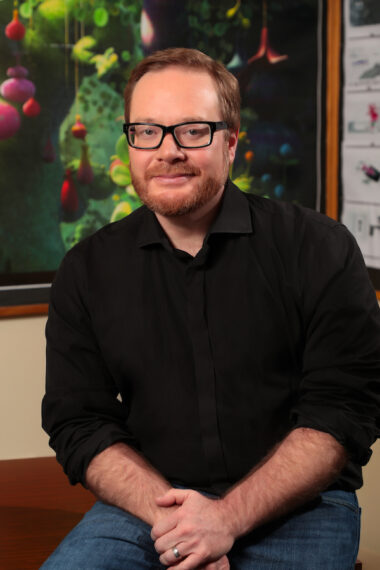
Dohrn: It's a careful balance, because we don't want to mock, but at the same time we want to extract it out of humor. My first storyboard work was active sea sponge - I learned in that show, "When can we play a joke?" I co-directed this film with Dave Smith; he and I went to Calarts and we grew up in this system together, always looking for humor. But still: trying to find that careful balance where we also wanted to be authentic to the genre and not load it.
Were some genres more difficult to make fun than others?
Absolutely. Designing the funk world was the most complex, in many respects, from the point of view of social responsibility: [trying not] to appropriate the images or upload them. It was the last world to be designed because we went through many iterations, with many consultations with UCLA sociologists.
And also with [funk legend] George Clinton himself, who was a visual consultant on the film, as well as being a voice and helping with the music. We were so inspired by the 70's album covers: [Clinton's bands] Parliament and Funkadelic. But we wanted to make sure that we don't appropriate these images.
Some of the character designs are reflecting on the public image of the music star who cast them - Ozzy Osbourne's troll made me laugh more. At what point were the voices expressed and to what extent did they shape the visual development?
All departments are very organic processes. When we were designing, for example, King Thrash, played by Ozzy Osbourne, we were working with character designer Tim Lamb. We were inspired by Ozzy and a lot of rockers, but we were very careful: we hadn't launched it yet - it was a dream come true [when we did] - but we wanted to make sure it wasn't part of our visual signature for caricature people.
But again, we're very inspired by real-life people. Queen Barb took a lot of inspiration from Wendy O. Williams, a 70's punk rocker. The character becomes a fusion of all influences.
Was it clear from the start which genres you would incorporate into the narrative?
It was difficult to distill it down to these six main genres. It's an 82 minute movie - there's only so much representation we could get in the movie! We worked with a musicologist who said that these six genres are represented in some way around the world.
But in the end, we said, "We get as much diversity and representation as possible." So we started [including more genres on top of the six main ones]: reggaeton, K-pop, yodeling. We tried other things: mariachis and barber quartets, which apparently didn't need any representation in the world, even if it was a very funny sequence!
I have a Swiss family, so I was happy to see yodeling in there.
[Laughs] Oh good! I hope you are not offended. I went to Germany to do some printing and they were like, “Yeah, that's really nice. This is how you represent the Germans! “We had a German actor in there and he put a lot of improvisation into it, but maybe we didn't represent Switzerland and Germany as fairly as possible. But it was a nice gag.
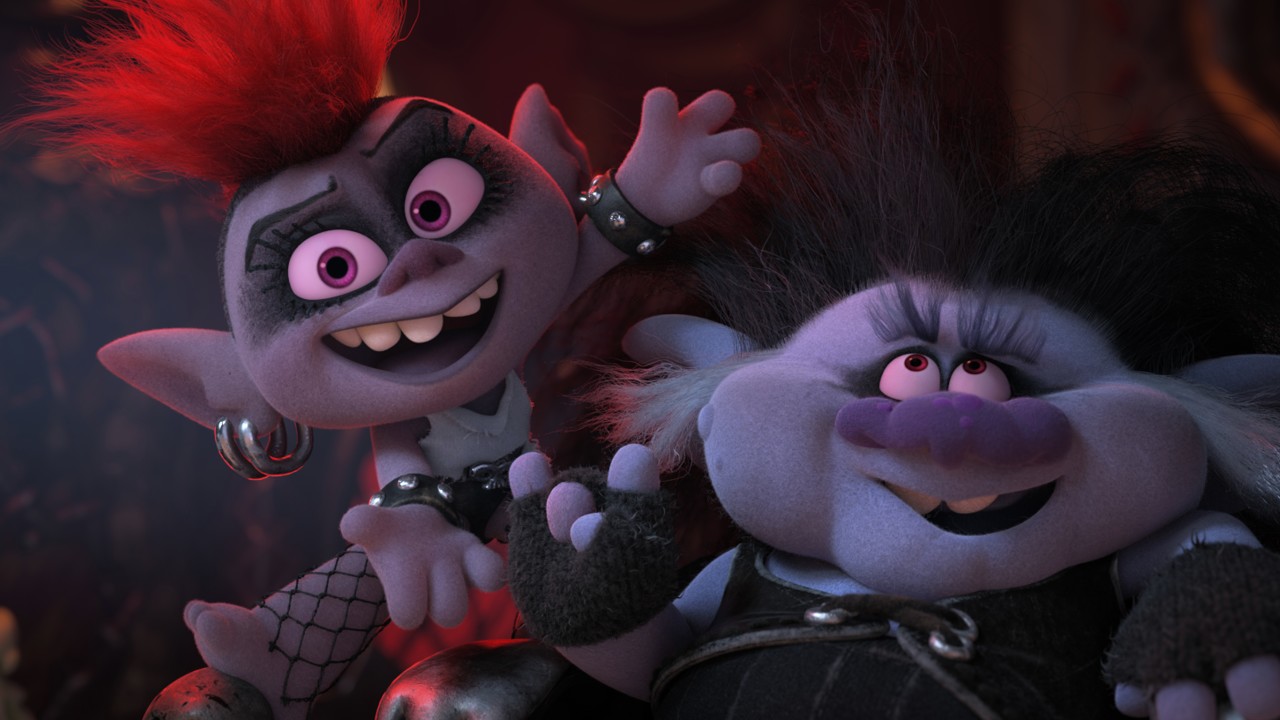


More generally: at what point during development or production do you know that a joke will work? Is a story that is a real disaster when you animate it common to the storyboard?
We anticipate the films a lot internally: we put together a rough piece and show it to the crew and other people in the studio, to see how the lines are playing. Usually, when we're animating, we're pretty sure it's working. We end up throwing a lot of animation. But there are times when an animator poses something and feels like it doesn't work ...
And once we started showing [[Trolls World Tour], there were some lines that didn't sound so good. An example is this joke at the beginning, when the trolls in the Pop Village talk about physiological differences between their inhabitants. And there is a "skyscraper troll" - four trolls stacked on top of each other. It was a weird name and weird looking, but no one ever laughed!
I liked it.
Oh good! Dave and I, and the crew, are in… the more surreal, psychedelic, weird, surprising it's a joke, the more we embrace it. This is our sensitivity and that of the films we grew up loving. Sometimes even the studio has its limits, but they were very open to some of the more bizarre beats too - like the whole smooth jazz fantasy, [a scene that features a cut-out photo of human legs]. By the way, those are Dave's legs! We had to beg the tech and art team to make the look as crude as possible - that was part of the humor.
A lot of jokes come mainly from the history department. And then the animators, the layout artists add lines… So if we're all laughing in a room, we think it has a good chance of surviving.
Timing is crucial in this film. How much of the humor was found in the editing process?
I'm so glad you asked, because it's not something we talk about a lot. Each department is so essential: animated films are the definition of collaboration in cinema. But in the editorial, that's where you really get there. We're shaving the frames for maximum comedy potential. If there is a science, it is surely on time.
I was reading an article in which a critic argued that animation was better suited to this crisis than the live action industry, because in theory films like this could theoretically be made without anyone meeting face to face. Do you agree?
It is a good question and time will tell. It's fun, because we do a lot of remote work and I have, at Dreamworks, for a long time. We had a north studio, POI, and we still have many artists out of the studio.
I think an important part of making this film was the community, the departments interacting with each other, us in a room laughing together. Now that I've been working remotely for the past few weeks, I feel like we still have that camaraderie across the digital platform. It's a little harder for an old man like me to get used to, but with Zoom meetings and so on, I feel the community.
("Trolls World Tour" is now available for digital rental. See the film's website for more information.)

